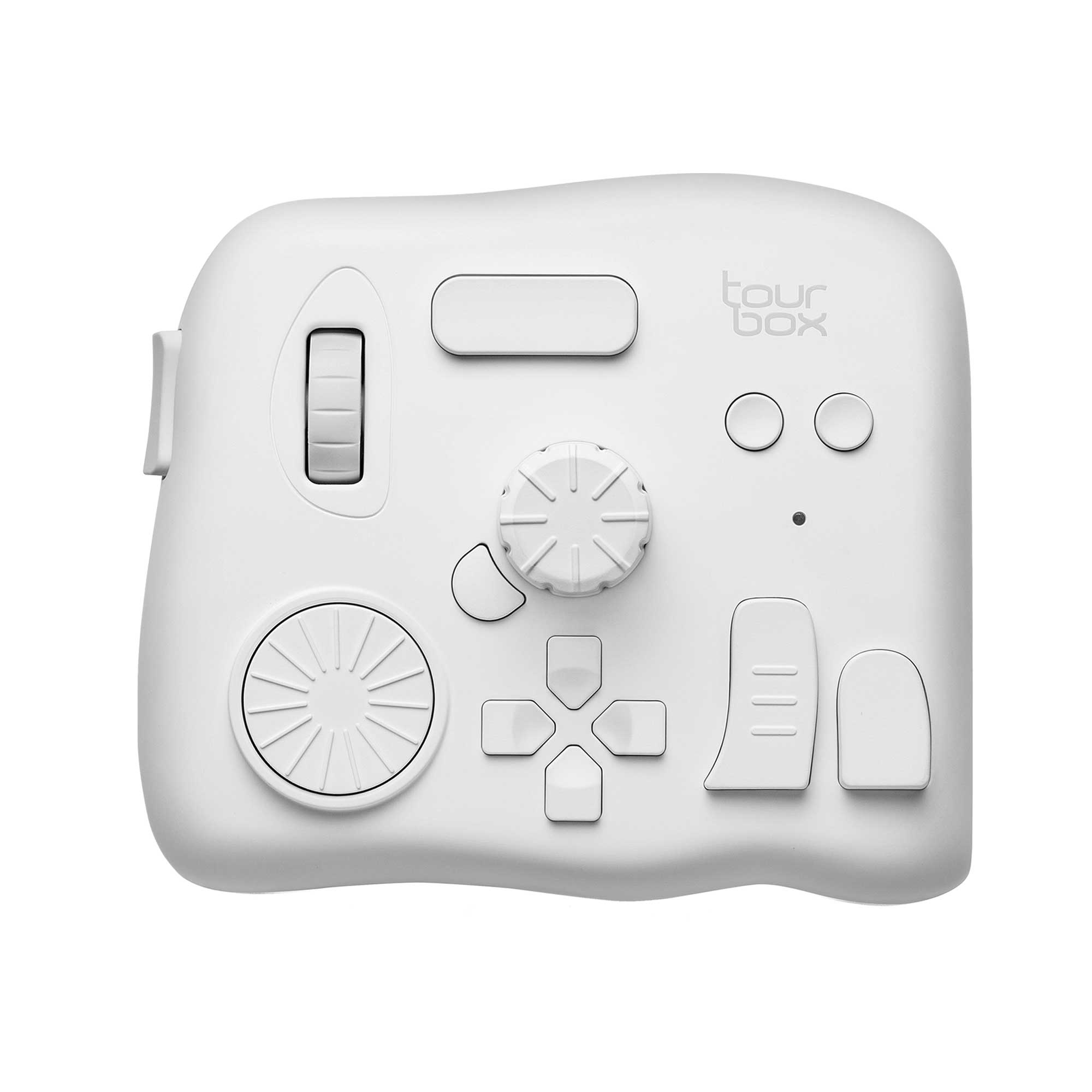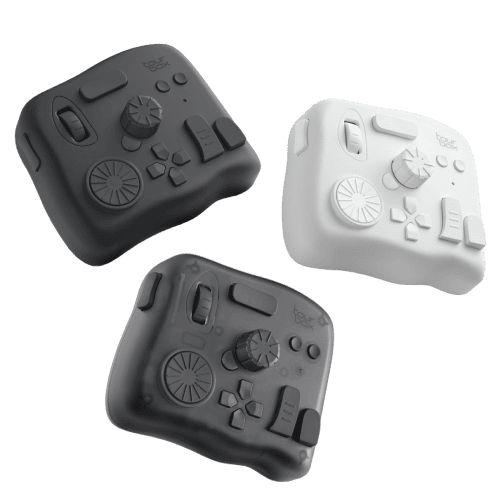A Behind-the-Scenes Look at Avatar Visual Effects
If you've ever watched the movie Avatar, you know how breathtaking the special effects are.
From the lush forests of Pandora to the blue-skinned Na'vi people, the Avatar visuals are a true masterpiece of modern cinema.
But have you ever wondered how those stunning effects were created? What technologies and techniques did the filmmakers use to bring Pandora to life?
In this article, we'll explore the fascinating world of Avatar's special effects and discover the secrets behind the movie's visual magic.
So sit back, grab some popcorn, and let's go behind the scenes of Avatar!

In this article, you will learn:
- Why Avatar Is a Classic Movie?
- Inside the Visual Effects of Avatar
- The Legacy of Avatar's Special Effects: A New Era for Film
Why Avatar Is a Classic Movie?
Avatar has become a classic movie for several reasons, but perhaps the most compelling is the immersive and visually stunning world it presents through its special effects.
The film's production team used the most advanced technical means available at the time to create the strange and beautiful alien planet of Pandora, and the result is truly breathtaking.
The movie takes a systematic approach to building the world of Pandora, creating a complete and convincing ecosystem with unique environments, plants, animals, aborigines, languages, cultures, and more.
It's like an encyclopedia of an alien civilization, and the attention to detail is truly remarkable.
What's particularly impressive about Avatar's special effects is how seamlessly they blend with the movie's storytelling. The visual spectacle of Pandora never feels like a distraction or a gimmick, but rather an integral part of the movie's themes and metaphors.
The use of 3D technology and a giant screen only heighten the sense of immersion, making the audience feel like they're really exploring a new world alongside the characters.
Avatar's special effects are a triumph of technical wizardry and creative vision. They create a fantasy world that feels both strange and familiar and transport the audience to a place they've never been before.
It's no wonder that the movie has become a classic, and its influence can be seen in countless other films that have attempted to replicate its visual spectacle and immersive storytelling.
![]()
Inside the Visual Effects of Avatar
Step into the fantastical world of Avatar and you'll find yourself transported to a breathtakingly beautiful and immersive alien planet.
From towering mountains to sparkling waterfalls, the film's stunning special effects create a sense of wonder and awe that has captivated audiences around the world.
In this section, we'll take a behind-the-scenes look at how the visual effects of Avatar were created, exploring the cutting-edge technologies and innovative techniques used to bring this incredible world to life on the big screen.
1. Motion Capture
In a behind-the-scenes documentary about the making of Avatar, director James Cameron explained that he preferred to use the term "performance capture" instead of "motion capture" because he believed it captured not just the actors' movements, but their entire performances.
To achieve this, the actors wore motion-capture suits with marker points and cameras on their heads, and performed on an open platform while a computer created their skeletons in real time to drive the movement of the CG characters.
Here is the Avatar Featurette: Performance Capture on YouTube:
While motion capture technology had been used for many years, accurately capturing facial expressions had always been a challenge.
However, thanks to the experience gained by Wētā Workshop's special effects team during the production of "King Kong" and "Lord of the Rings,", particularly in creating the character Gollum, they were able to develop a method for capturing facial details with incredible accuracy.
By using microscopic high-definition cameras placed just inches away from the actors' faces, they were able to map every curve of the human eyebrows onto the CG character's face in real-time, calculating the movements and trends of facial muscles to create the most realistic expressions.
![]()
2. Virtual Photography
Another important technology developed by the Avatar production team is the virtual camera, which, despite its name, doesn't actually have a physical lens. Instead, all of the picture data is generated by a computer.
To track the position of the virtual camera, the team used a performance capture system, essentially placing a camera within the virtual CG world.
![]()
This new technology allowed the producers to instantly see what the virtual background in the live performance footage looked like, and accurately determine the desired final image.
With the virtual camera, director James Cameron was able to preview the special effects in real-time, watching the actor playing the nearly 3-meter-tall blue Na'vi character walking on the planet Pandora on a side LCD screen during performance capture.
"It's like a powerful game engine. If I want to fly in the air or change the perspective, I can do it immediately. I can also turn the whole scene into a 50:1 model set and travel through it," said James Cameron.
3. Scene
Avatar is a remarkable film that has left us with many unforgettable classic scenes.
The movie's incredibly realistic and visually stunning science fiction scenes are a major reason why it has become such a global phenomenon.
The alien scenery of Pandora is truly breathtaking, featuring towering mountains, sparkling waterfalls, and otherworldly landscapes that transport viewers to a different world.
Dylan Cole, a top digital scenographer in Hollywood, played a critical role in bringing Avatar's visuals to life as the concept art director.
He created over 200 pieces of artwork for the movie, drawing inspiration from a range of sources to create a sense of realism with the science fiction elements.
![]()
In particular, he studied the scenery of different regions of China, such as the karst-lime landscapes of Guilin and Zhangjiajie, as well as the jungles of South America, including the Tepui and Angel Falls in Venezuela.
This research helped him to design unique landscapes, such as the Hallelujah Mountains, with their jagged peaks, magnetic rings, and hovering rocks.
In addition to the landscapes, Cole also designed the alien plants, taking inspiration from lichens, succulents, and other exotic flowers and plants. He enlarged these plants 20-50 times to create a truly otherworldly feel.
![]()
During post-production, the crew built 25 sets, covering 40,000 square feet of buildings and 10,000 square feet of rainforest for filming.
These sets were then enhanced with visual effects technology to create the most realistic and immersive experience possible for viewers.
The result is a film that has captured the hearts and imaginations of audiences around the world, and cemented its place as a true classic of modern cinema.
4. Special Effects
The behind-the-scenes visual effects for Avatar were mainly done by Wētā Workshop and Industrial Light & Magic.
Around two-thirds of the shots in the movie featured CG elements, and even many of the props used in live-action scenes needed to be added to the special effects in post-production. At the time, Weta Workshop had about 900 people involved in creating Avatar's visual effects.
To manage the vast amount of data needed for the project, Microsoft created a new cloud computing and digital asset management system called Gaia. This system allowed the crew to track and coordinate all phases of the digital processing in real-time.
For the explosive scenes in the movie, James Cameron required an exact match template and for the explosions to interact with other CG objects.
The best solution was to create the explosions using full CG, with fluid simulations and gas expansion volume and temperature properties added to create a more realistic effect.
![]()
Avatar introduced several new film technologies, including IMAX 3D, full CG motion capture, and a virtual camera system.
These technologies have since become staples in the film industry, making it clear that Avatar has had a significant impact on the world of cinema.
In Avatar 2: The Way of Water, which features mainly underwater scenes, Weta Workshop spent another year and a half developing a new underwater motion capture system to create stunning visual effects. In 2023, Avatar 2: The Way of Water also won the Academy Award for Best Visual Effects.
The Legacy of Avatar's Special Effects: A New Era for Film
Avatar's special effects revolutionized the film industry and set a new standard for what's possible in science fiction and fantasy movies.
With cutting-edge technologies like performance capture, virtual cameras, and full CG explosions, the movie created a visually stunning and immersive world that captivated audiences around the world.
Since Avatar's release, many of the technologies used in the film have become commonplace in the industry. Software like Gaia and other digital asset management systems have made it easier to store and manage the vast amounts of data needed for film production.
Meanwhile, motion capture technology has become more sophisticated, and virtual cameras have become a go-to tool for directors looking to create immersive worlds.
To keep up with the demands of modern film production, post-production personnel can benefit from tools like TourBox, a portable controller that can be used with software like Adobe Premiere Pro and After Effects.
By providing quick and easy access to frequently used commands, TourBox can help improve the productivity and efficiency of post-production workflows.

With TourBox, professionals in the film and television industry can work more efficiently and effectively, creating stunning visual effects and captivating audiences around the world.